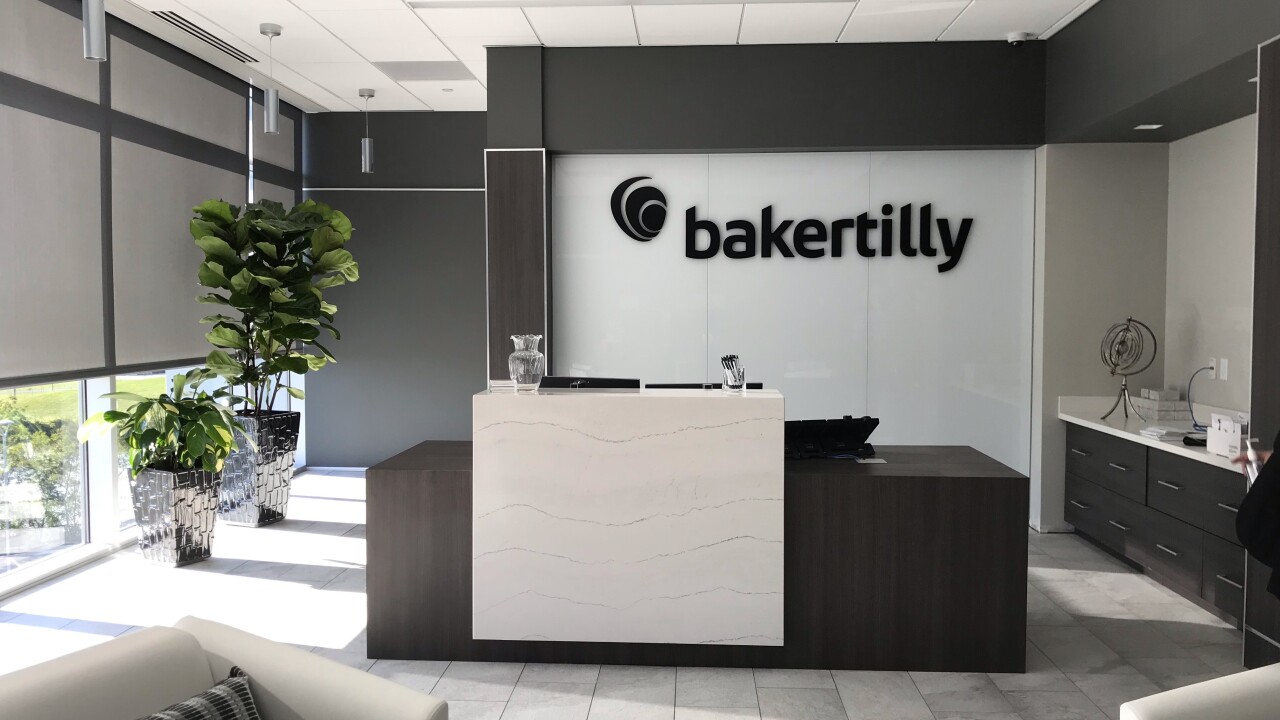For most small businesses, collecting and accepting payments quickly and efficiently is always a top concern. And with the growing popularity of new digital payment technologies – including chip cards, Apple Pay, Google Wallet and even your smartwatch – more and more small businesses are considering going cashless.
The
We’re even seeing entire countries embracing a cashless model. For example,
While going cashless can seem like a daunting and even risky transition, there are a variety of benefits to doing so – from saving time and hassle, to broader customer reach. Following are some benefits to embracing a cashless payment system, along with common mistakes to avoid as you help your small business clients make the transition to a fully digital model:
The need for speed
By instituting a 100 percent digital payment system, small businesses reduce friction with customers, resulting in faster and more efficient service – ultimately increasing customer satisfaction and the volume of customers they can serve.
In fact, Sweetgreen,
A
Digital payment systems also allow you to close the store more quickly, by eliminating the need to close out registers at the end of the day or make regular trips to the bank to deposit money – which can be a safety concern as well.
Better insights = better decisions
By going cashless, small business owners – and their most trusted advisors, including accountants – have much greater insights into their business’s financial health, as savings and checking accounts can reflect updated balances (rather than waiting for deposits to clear or factoring in the cash currently sitting in registers and not in the bank). Access to more accurate data and analytics such as current cash flow, profits and losses, and major upcoming expenses in real time empowers business owners to make more informed, educated decisions.

Serve the savvy, anywhere
A sometimes-overlooked benefit of adopting digital payments is that it automatically makes a business mobile – as technology allows it to ditch cumbersome registers and take the business on the road if needed, to meet customers where they are. It also eliminates the need to send an invoice, which often results in a 30-day delay on payment.
Businesses that go cashless will appeal to younger, tech-savvy customers that are digitally minded and often never have cash on hand. If this is a priority demographic for your client’s business, embracing a cashless system could be one way to set it apart from competitors and improve customer experience during checkout.
Peace of Mind
As mentioned above, another benefit to going cashless is a significant decrease in crime. Without cash to attract thieves, business owners can worry less about the safety and security of their assets and employees.
Once your client is ready to make the transition, however, it’s important to keep a few things in mind to ensure a smooth transition:
1. Communication is Key. Once a business decides to fully transition to only accepting digital payments, it’s vital that the change is effectively communicated to all key stakeholders, including existing customers, new or prospective customers, employees, and business advisors or accountants. The last thing you want is to alienate “regulars,” confuse new customers, frustrate employees or catch your accountant off guard by the change. Send email blasts, post physical signs and share details on social media about the new cashless policy so your customers are prepared and there’s no issues when someone gets to the checkout. Discuss the change with your accountant and business advisors so they are in the know and prepared to support you through the transition, and host trainings for employees so they are well versed in the new digital system and able to answer any questions about the change from customers.
2. Take cybersecurity seriously. Though the threat of physical theft decreases significantly when going cashless, the threat of cybersecurity is real and should absolutely be taken seriously from the start. Clients should invest in technology systems and train employees early about precautions that should be taken to keep your business and customer data secure in the new digital model.
3. Remember, it’s a process: As with any major change, there might be some unforeseen growing pains when making the transition to a cashless business. Remember that customers and employees might take time to adjust to the new systems and policy. Remain patient and know that after a brief transition period the benefits of going cashless are numerous and will make the business stronger in the long term, giving greater insights into the business and offering a more efficient checkout experience to the customers your clients serve every day.





